Introduction
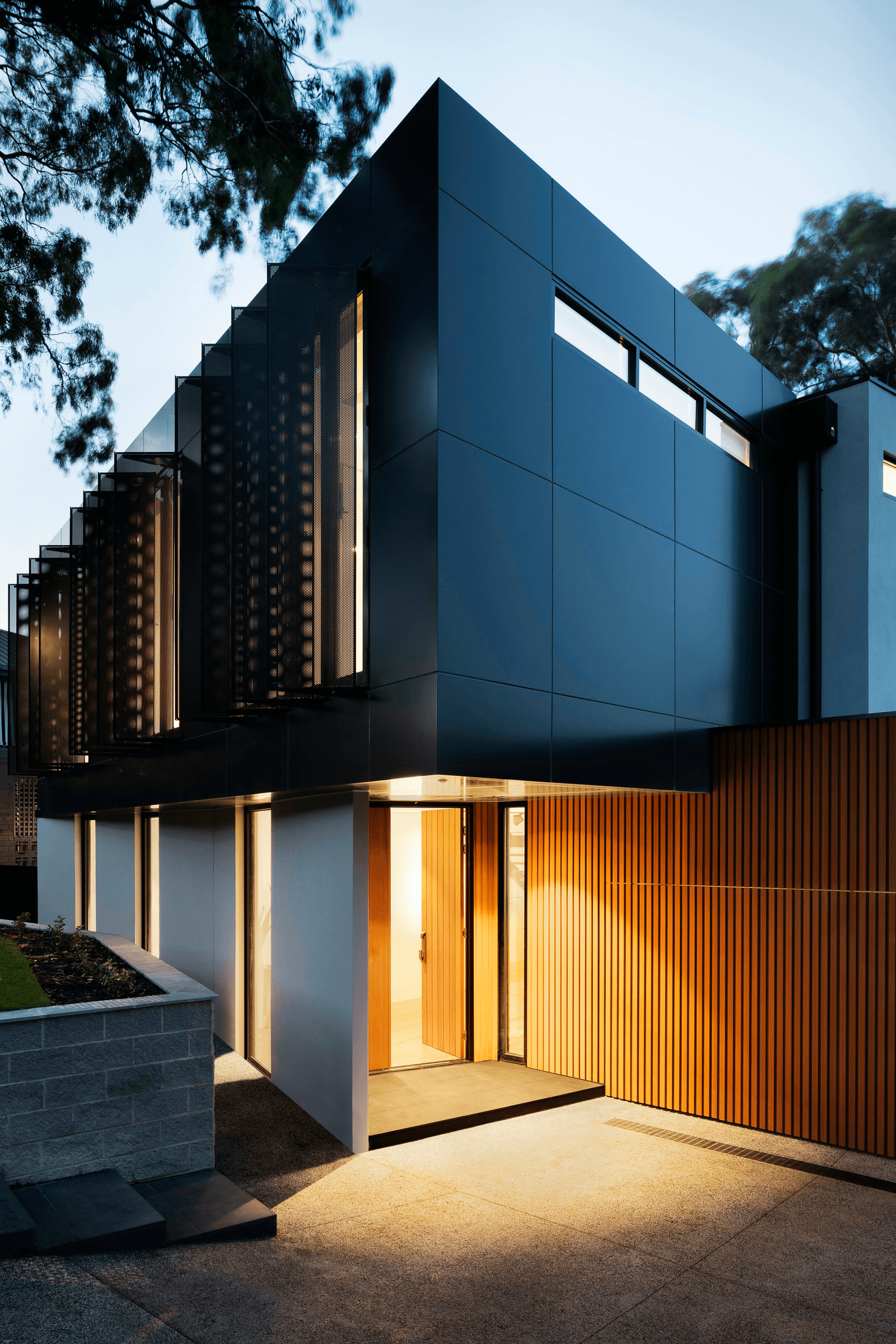
Why External Cladding Panels Matter
External cladding panels are more than just a pretty face; they serve as the first line of defense against weather conditions like rain, snow, and wind. Choosing the right external cladding can significantly impact energy efficiency and maintenance needs, ultimately affecting your comfort and budget over time. The right choice in house cladding exterior not only enhances curb appeal but also contributes to long-term value retention of your property.
Understanding Your Options for Exterior Cladding
The world of exterior house cladding is vast and varied, offering numerous materials and styles that cater to different tastes and requirements. From traditional wood to modern metal options, each type of external cladding brings its own unique flair to a home's architecture. Familiarizing yourself with these options will help you navigate through choices like vinyl siding or innovative fiber cement solutions that suit your specific needs.
The Benefits of Choosing the Right Material
Selecting the right material for your external cladding is essential for achieving both aesthetic goals and practical benefits like durability and insulation. Quality materials can reduce maintenance costs over time while providing better thermal performance, leading to lower energy bills in extreme weather conditions. Investing in high-quality exterior wood paneling or other robust alternatives ensures that your home remains beautiful and protected for years to come.
Assessing Your Home’s Style
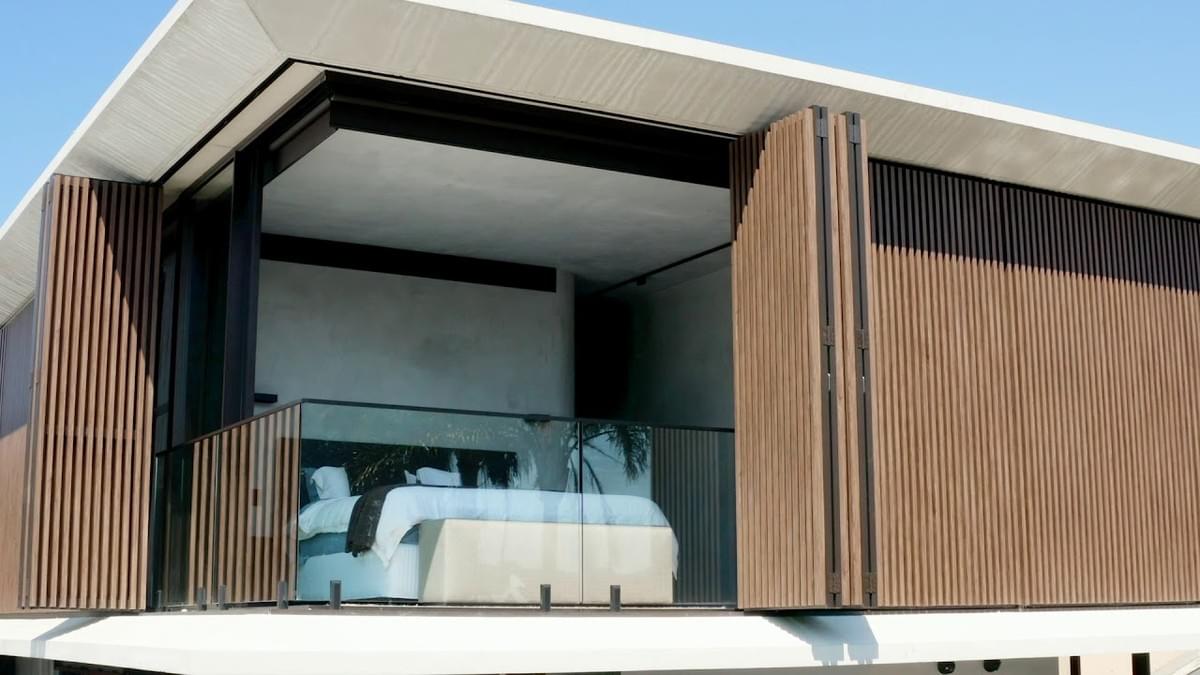
Choosing the right external cladding panels is more than just a practical decision; it’s about enhancing your home’s aesthetic appeal. The exterior cladding you select should harmonize with your architectural design, creating a cohesive look that reflects your personal style. Whether you’re going for modern minimalism or rustic charm, the right house cladding exterior can make all the difference.
Matching Cladding to Architectural Design
When it comes to matching external cladding to your home's architectural design, there are no hard and fast rules—only guidelines that help elevate your curb appeal. For instance, contemporary homes often benefit from sleek metal or fiber cement panels, while traditional styles may shine with classic wood or brick. By considering the existing features of your home, such as rooflines and textures, you can choose external cladding that complements rather than clashes.
Every architectural style has its own unique characteristics that deserve to be highlighted through thoughtful selection of exterior house cladding. For example, a Victorian-style home may call for ornate wood paneling to enhance its intricate details, while a Craftsman might look best with natural materials like cedar or stone. Ultimately, understanding how different materials work together will ensure that your choice in cladding panels for walls is both stylish and appropriate.
Popular Styles of External Cladding
The world of external cladding is rich with options that cater to various tastes and trends. Among the most popular styles are horizontal and vertical siding, which can create an illusion of space or height depending on their orientation. Additionally, shingle-style cladding adds texture and character—perfect for coastal homes aiming for that beachy vibe.
Another trend gaining traction is mixed-material facades that combine different types of external cladding in one cohesive design. Think wood paired with metal accents or fiber cement alongside stone elements; this eclectic approach allows homeowners to express their individuality while maintaining balance in their overall look. As you explore these popular styles, consider how each option can enhance your home’s personality.
The Role of Color in Exterior House Cladding
Color plays a pivotal role in defining the character of your home through its exterior house cladding choices. Whether opting for bold hues or subtle shades, color can evoke emotions and set the tone for what lies within those walls. Lighter colors tend to reflect light and create an airy feel—ideal for smaller homes—while darker tones can add sophistication and drama.
Furthermore, when selecting colors for your external cladding panels, consider how they interact with other elements like landscaping and roofing materials. A well-coordinated palette not only enhances curb appeal but also contributes to a harmonious environment around the property. Don’t shy away from experimenting; after all, choosing vibrant colors could transform ordinary ext cladding into extraordinary eye candy!
Evaluating Materials
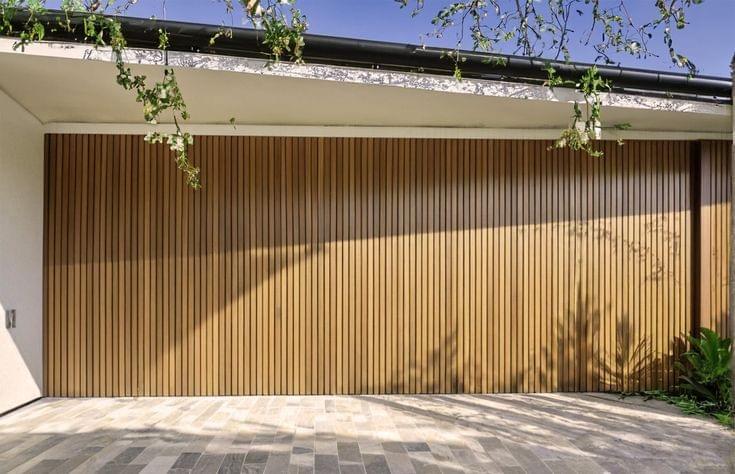
Pros and Cons of Wood, Vinyl, and Metal
Wood has long been a favorite for exterior house cladding due to its natural beauty and warmth. However, while it offers excellent insulation properties, wood requires regular maintenance to prevent rot and insect damage. On the other hand, vinyl is low-maintenance and resistant to fading; yet it may not provide the same aesthetic appeal or longevity as wood or metal options.
Metal cladding panels for walls have gained popularity for their sleek modern look and exceptional durability against harsh weather conditions. They are non-combustible and require minimal upkeep; however, they can be prone to denting or scratching if not properly installed. Ultimately, choosing between these materials depends on your design preferences, climate considerations, and willingness to invest in maintenance over time.
Exploring Innovative Options like Fiber Cement
Fiber cement is revolutionizing the market for external cladding panels with its impressive blend of durability and versatility. This material mimics the appearance of wood without the drawbacks associated with traditional timber—no warping or rotting here! It’s also fire-resistant and provides excellent insulation properties that keep your home energy-efficient.
Moreover, fiber cement comes in a variety of styles that can match any architectural design—from rustic farmhouse looks to sleek modern finishes—making it an appealing choice for many homeowners looking at house cladding exterior options. Plus, its resistance to moisture makes it ideal for regions with high humidity or heavy rainfall where traditional materials might struggle over time. If you’re seeking a solution that balances aesthetics with performance while reducing maintenance headaches down the line, fiber cement could be your best bet.
Why Composite Decking Inc Stands Out
When considering external cladding options beyond conventional materials like wood or vinyl, Composite Decking Inc emerges as a standout choice thanks to its innovative approach towards sustainability without compromising quality. Their products are made from recycled materials which means you’re not just beautifying your home but also making an eco-friendly decision! Additionally, composite decking offers remarkable resistance against fading from UV rays while being impervious to moisture-related issues that plague many traditional options.
Another major advantage is how easy composite products are to install—saving both time during construction projects while ensuring long-lasting results once completed! Homeowners will appreciate how little upkeep these panels require compared with exterior wood paneling alternatives that demand regular staining or sealing every few years. With Composite Decking Inc's superior offerings in ext cladding solutions combined with their commitment towards sustainability efforts within construction practices—it’s hard not to take notice!
Understanding Climate Considerations
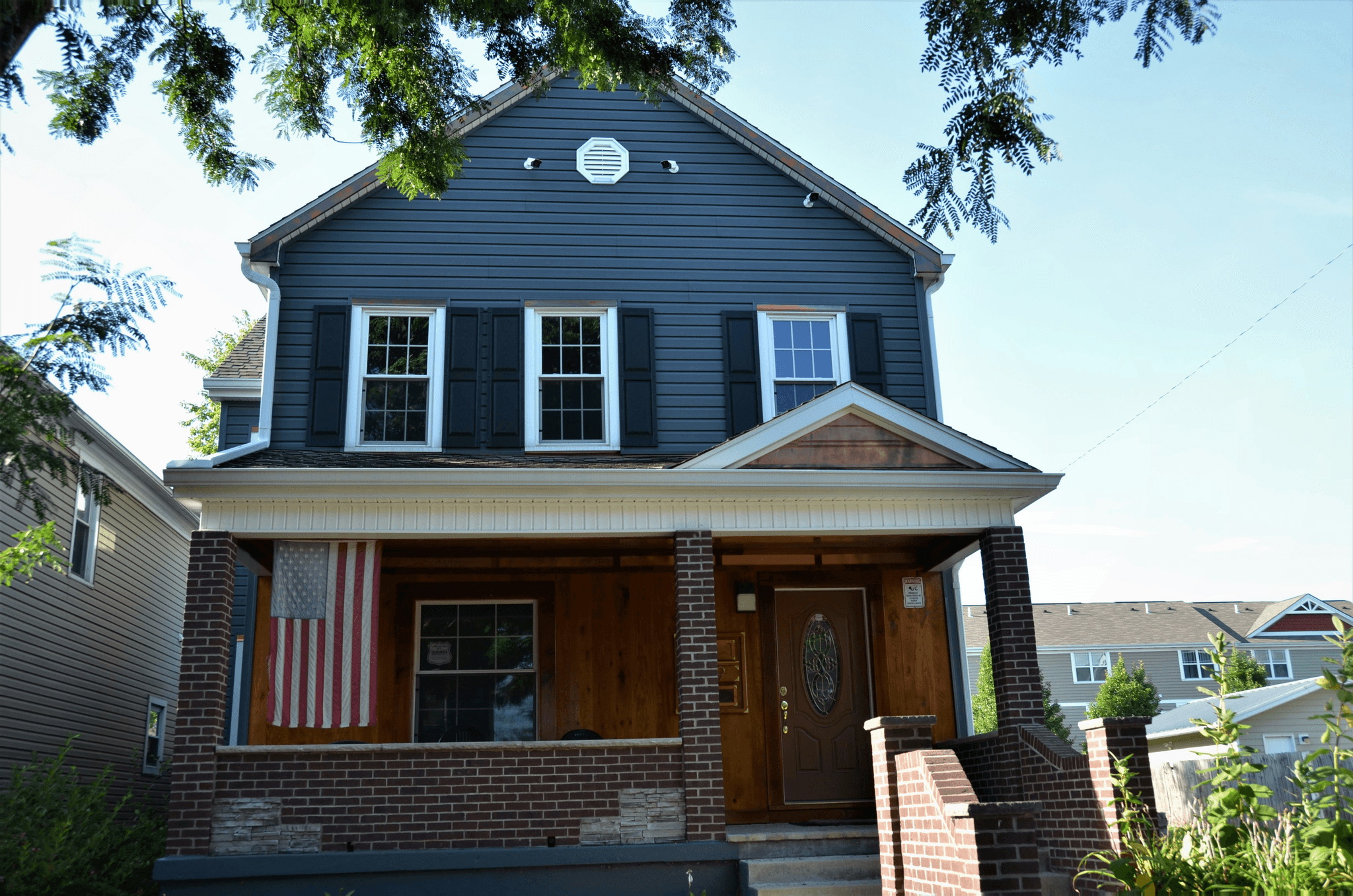
How Weather Impacts Exterior Cladding Choices
Different weather patterns dictate which materials are best suited for your home’s external cladding needs. For instance, regions with high humidity may necessitate moisture-resistant options like fiber cement or vinyl, while areas prone to extreme heat might benefit from reflective metal finishes that keep homes cooler. Additionally, heavy snowfall calls for durable solutions that can withstand the weight without compromising structural integrity, making it essential to consider your environment when selecting house cladding exterior.
Choosing the wrong material could lead to significant maintenance issues down the line; nobody wants their beautiful exterior wood paneling rotting away after just a few seasons! Therefore, understanding how weather impacts your choice of ext cladding is crucial for ensuring long-term satisfaction and protection of your investment.
Insulation Properties of Cladding Panels for Walls
The insulation properties of external cladding panels play a vital role in maintaining energy efficiency within your home. Good insulation can help regulate indoor temperatures year-round, reducing reliance on heating and cooling systems and ultimately lowering energy bills. Materials like insulated vinyl or composite options not only provide aesthetic appeal but also add an extra layer of thermal protection.
Investing in quality exterior house cladding with superior insulation properties means you’re enhancing comfort while also protecting against outside temperature fluctuations. This is particularly important in regions where climate swings are common; you’ll want materials that keep warmth in during winter and cool air during summer without breaking the bank on energy costs.
Choosing Materials for Extreme Conditions
For homeowners living in extreme climates—be it frigid winters or blistering summers—the choice of external cladding becomes even more critical. In such scenarios, opting for robust materials like metal or fiber cement can offer exceptional durability against harsh weather conditions while requiring less maintenance over time compared to traditional wood options. These materials stand up well against wind-driven rain or intense UV exposure, ensuring that your investment remains intact through thick and thin.
Furthermore, if you live in an area prone to wildfires or hurricanes, selecting fire-resistant or impact-resistant ext cladding should be at the top of your priority list. This proactive approach not only enhances safety but also provides peace of mind knowing you’ve made a smart choice tailored to withstand whatever Mother Nature throws at you.
Budgeting for Your Cladding Project
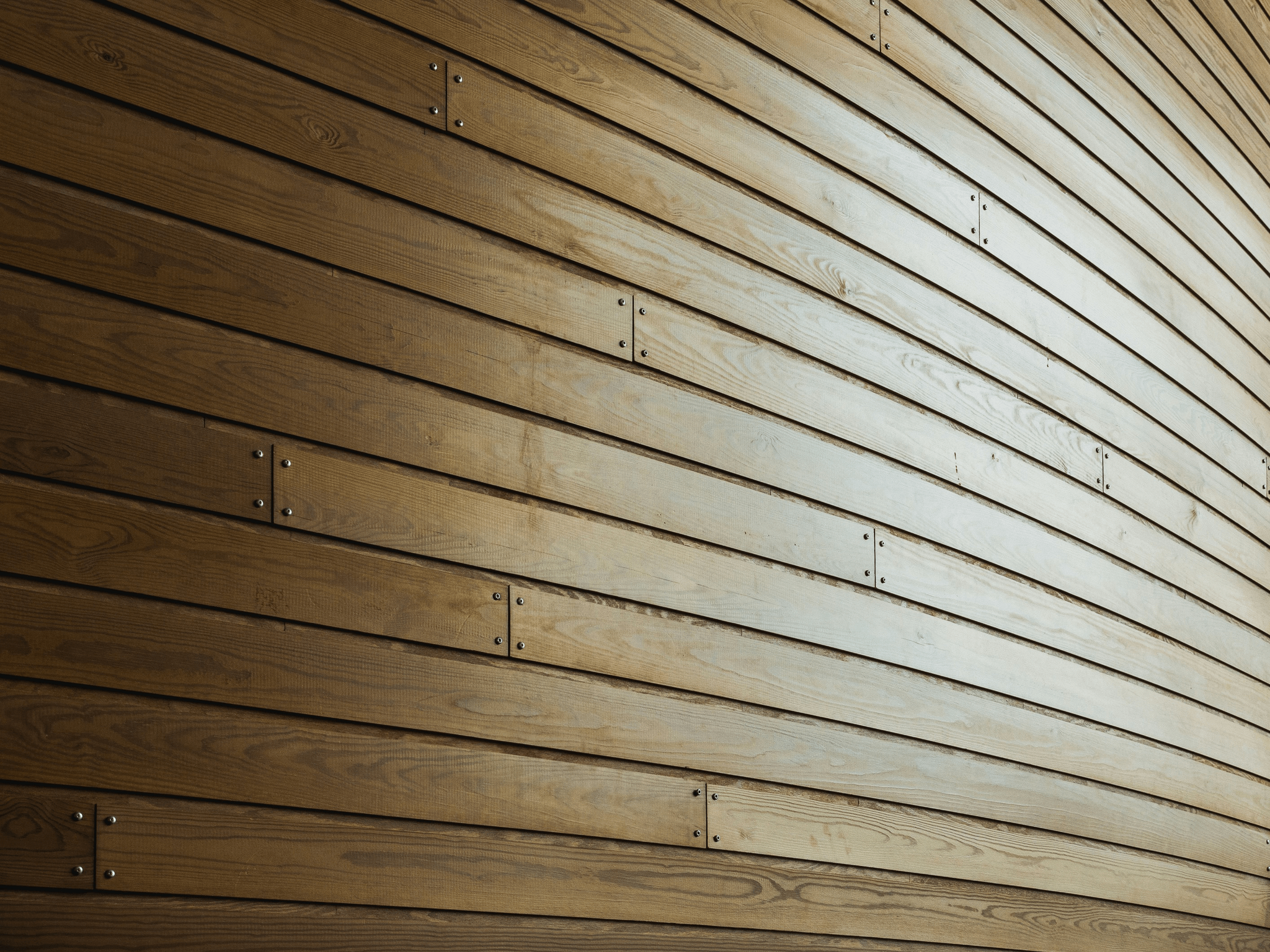
Cost Comparisons for Different Cladding Types
The cost of external cladding can vary significantly based on the material you choose. For instance, traditional wood siding may be more affordable initially but often requires more maintenance, while vinyl offers a lower price point with less upkeep. On the other hand, innovative materials like fiber cement and composite options tend to have higher initial costs but can provide better longevity and performance over time.
When comparing these costs, it's essential to factor in installation expenses as well; some types of exterior cladding are easier to install than others, which can save you money on labor. Don't forget about potential additional expenses like paint or sealant for exterior wood paneling that might be needed sooner than you'd expect. Ultimately, understanding these cost comparisons can help you make an informed decision that aligns with your budget.
Long-Term Savings with Durable Exterior Cladding
Investing in durable external cladding panels can lead to significant long-term savings that often outweigh initial costs. High-quality materials such as fiber cement or metal cladding require less frequent replacement and minimal maintenance compared to cheaper alternatives like vinyl or untreated wood. This means fewer repairs and replacements down the line—saving both time and money.
Additionally, many durable options offer better insulation properties which can lead to reduced energy bills over time—an important consideration when evaluating house cladding exterior choices. The right exterior house cladding not only enhances curb appeal but also contributes positively to your home's overall energy efficiency. So while it might seem tempting to skimp on quality now, remember that investing wisely pays off in the future.
Financing Options for House Cladding Exterior
If you're feeling a bit overwhelmed by the costs associated with upgrading your home’s exterior cladding, fear not! There are various financing options available to help ease the burden of upfront expenses related to house cladding exterior projects. Many homeowners turn toward personal loans or home equity lines of credit (HELOCs) specifically designed for renovations.
Some manufacturers also offer financing plans directly through their retailers—allowing you flexibility in payments while enjoying high-quality external cladding panels right away! Additionally, keep an eye out for local grants or rebates aimed at promoting energy-efficient home improvements; they could make a substantial difference in your final expenditure on durable exterior solutions. With so many options available today, financing doesn’t have to be a daunting task!
Installation and Maintenance Tips
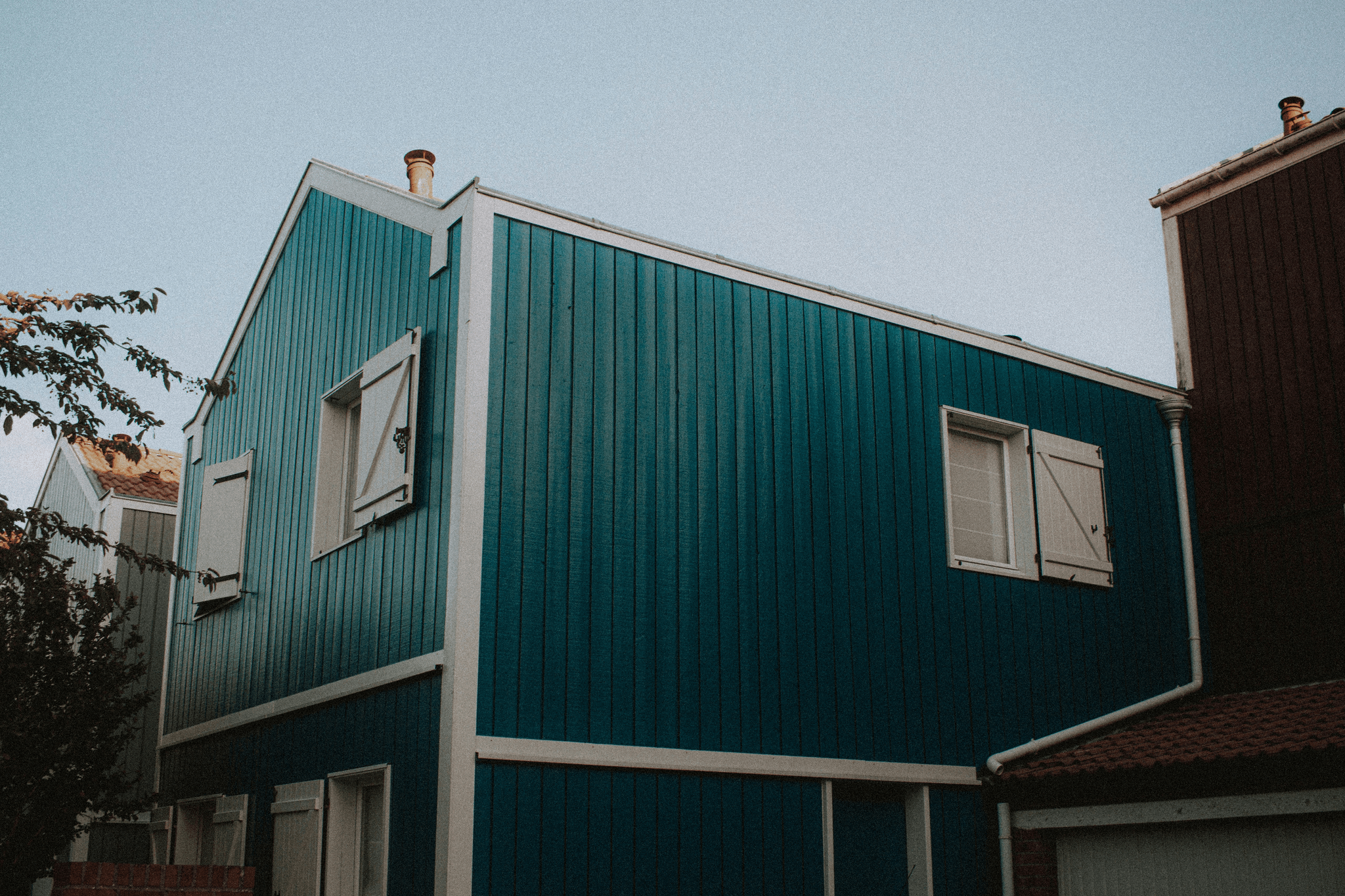
DIY vs. Professional Installation of External Cladding
For those who are considering a DIY approach to their external cladding project, it's essential to weigh the pros and cons carefully. On one hand, taking on the installation yourself can save you money and offer a sense of accomplishment as you watch your vision come to life. On the other hand, professional installers bring expertise that ensures your cladding panels for walls are installed correctly, thus maximizing their lifespan and performance—something worth considering if you're using more complex materials.
If you do decide to go the DIY route for your exterior cladding project, make sure you research thoroughly or even take a workshop on proper techniques. Having access to the right tools is crucial; investing in quality equipment can make all the difference in achieving a polished finish that stands up against weather elements over time. Remember: while saving money is great, doing it right from the start will save you headaches later!
Essential Care for Exterior Wood Paneling
Exterior wood paneling adds warmth and charm to any home but requires regular maintenance to keep it looking its best. Start by regularly inspecting your wood panels for signs of wear or damage—catching issues early can prevent bigger problems down the line! Cleaning them periodically with gentle soap and water will help remove dirt buildup while preserving their natural beauty.
Another essential aspect of maintaining exterior wood paneling is applying protective finishes like sealants or stains at least every couple of years. These products not only enhance aesthetics but also provide vital protection against moisture intrusion and UV damage—two culprits that can lead wooden surfaces astray! With proper care, your external cladding will remain beautiful for years while keeping your home safe from environmental factors.
Longevity Factors in Cladding Panels
The longevity of any type of external cladding hinges on several key factors—from material choice to climate conditions and maintenance practices. For instance, high-quality materials such as fiber cement tend to outperform cheaper alternatives due to their durability against harsh weather conditions; they resist warping or rotting much better than traditional wood options! Additionally, ensuring proper installation techniques play an invaluable role in maximizing how long those cladding panels for walls last.
Climate considerations also cannot be overlooked when assessing longevity; extreme temperatures or heavy precipitation may necessitate specific types of house cladding exterior designed explicitly for resilience against such elements. Regular maintenance routines—like cleaning gutters or checking seals—are equally important; these small efforts contribute significantly toward prolonging your investment in external cladding panels! In short: choose wisely and treat your home’s exterior with care for lasting beauty.
Conclusion
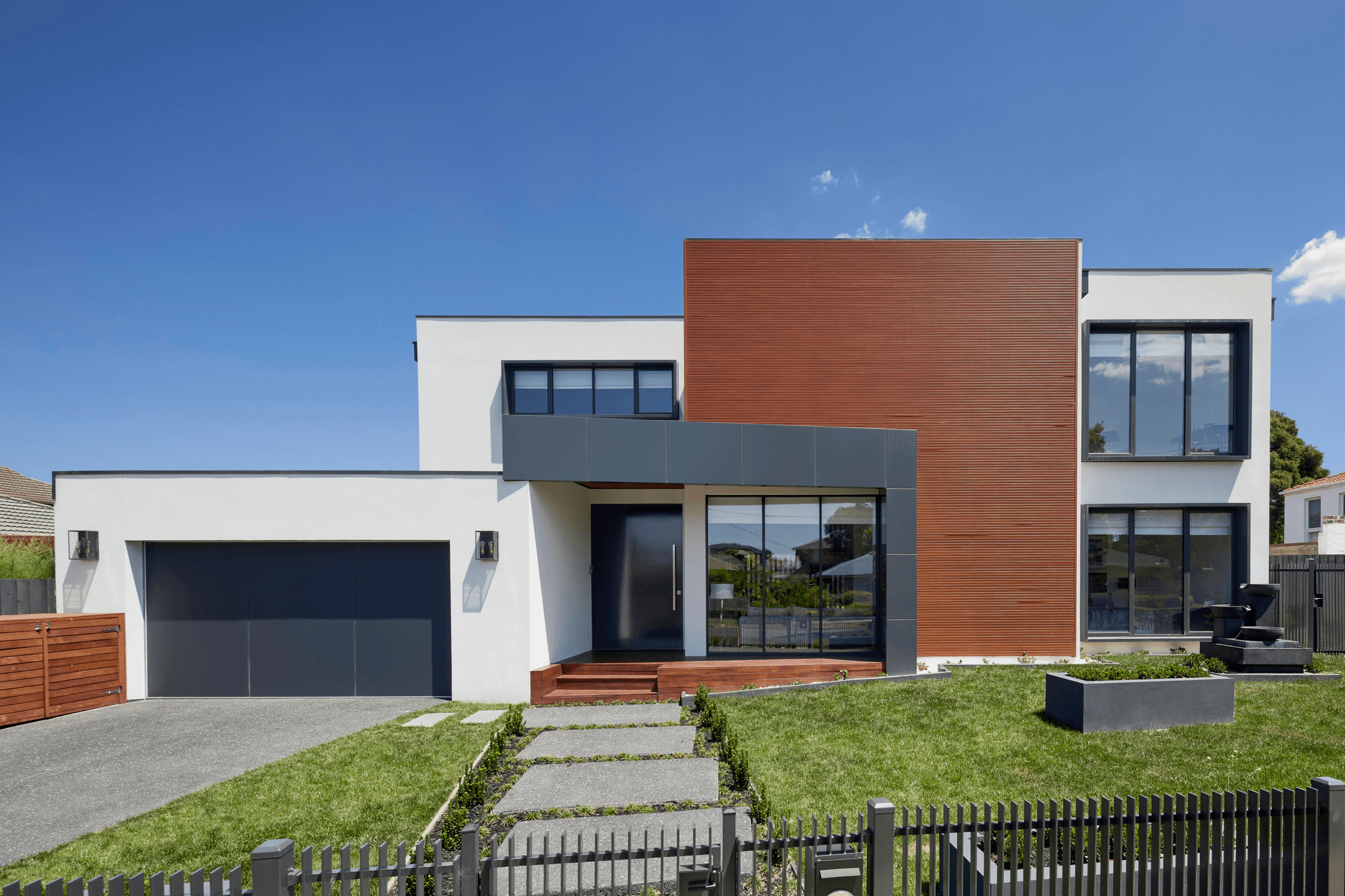
Choosing the right external cladding panels for your home is a decision that goes beyond aesthetics; it’s about durability, efficiency, and enhancing your property’s value. Throughout this guide, we’ve explored various options in exterior cladding, from traditional materials like wood to innovative solutions such as fiber cement. Remember, the perfect house cladding exterior should harmonize with your home’s architectural style while also offering protection against the elements.
Key Takeaways for Choosing External Cladding
When selecting external cladding, consider how well it matches your home's style and climate. Each material has its unique pros and cons—wood provides warmth but requires maintenance, while vinyl offers low upkeep at the cost of some charm. Additionally, always evaluate insulation properties; effective cladding panels for walls can save you money on energy bills in the long run.
Final Thoughts on Material Selection
Material selection plays a pivotal role in both aesthetics and functionality of your exterior house cladding. Opting for high-quality materials not only enhances curb appeal but also ensures longevity against harsh weather conditions. Don’t forget to factor in color choices as they can significantly influence your home’s visual impact and overall atmosphere.
Encouragement to Invest in Quality Cladding
Investing in quality external cladding panels is an investment in your home’s future—both structurally and visually! While it may seem tempting to cut corners with cheaper options, remember that durability often pays off through reduced maintenance costs over time. So go ahead, embrace quality materials for your house cladding exterior; after all, you want a beautiful home that stands the test of time!
